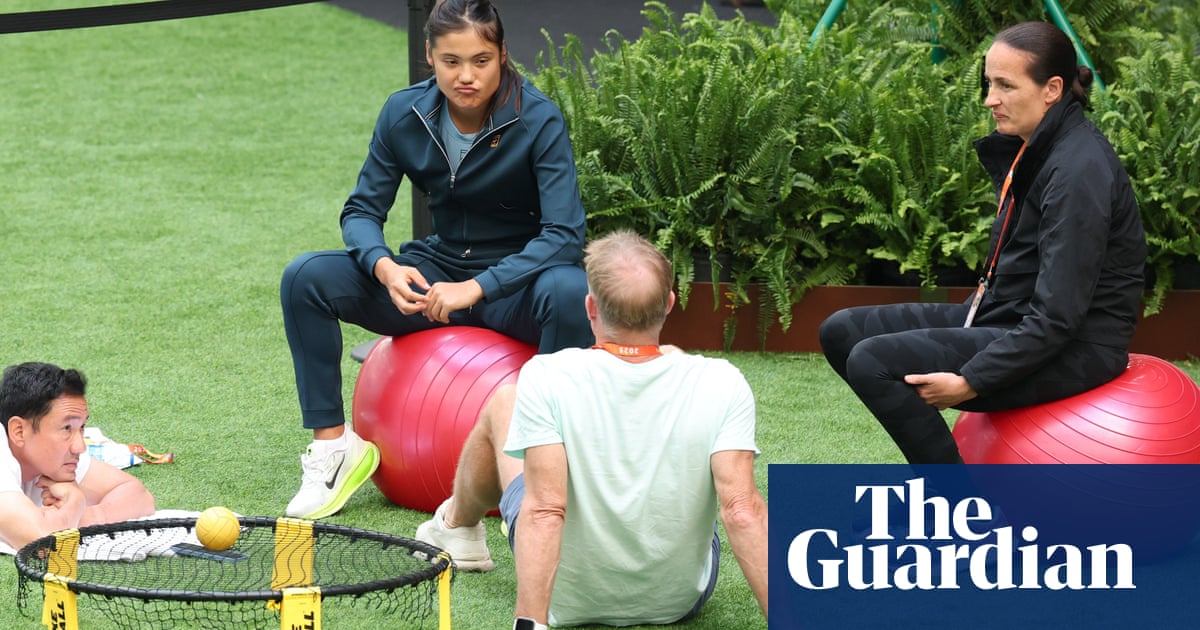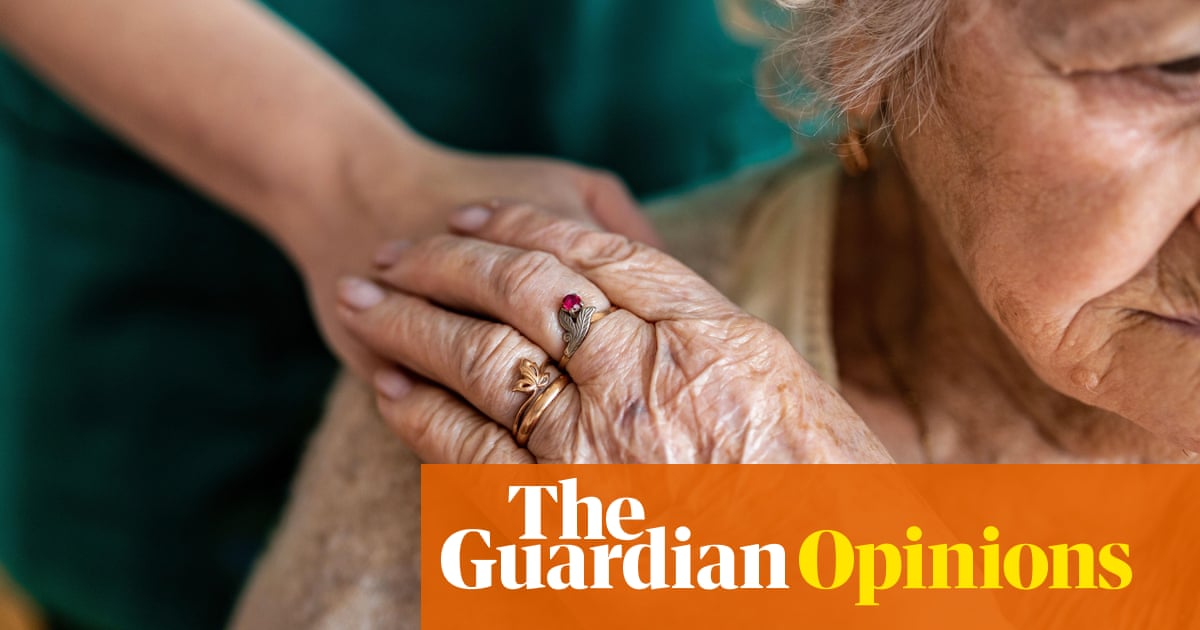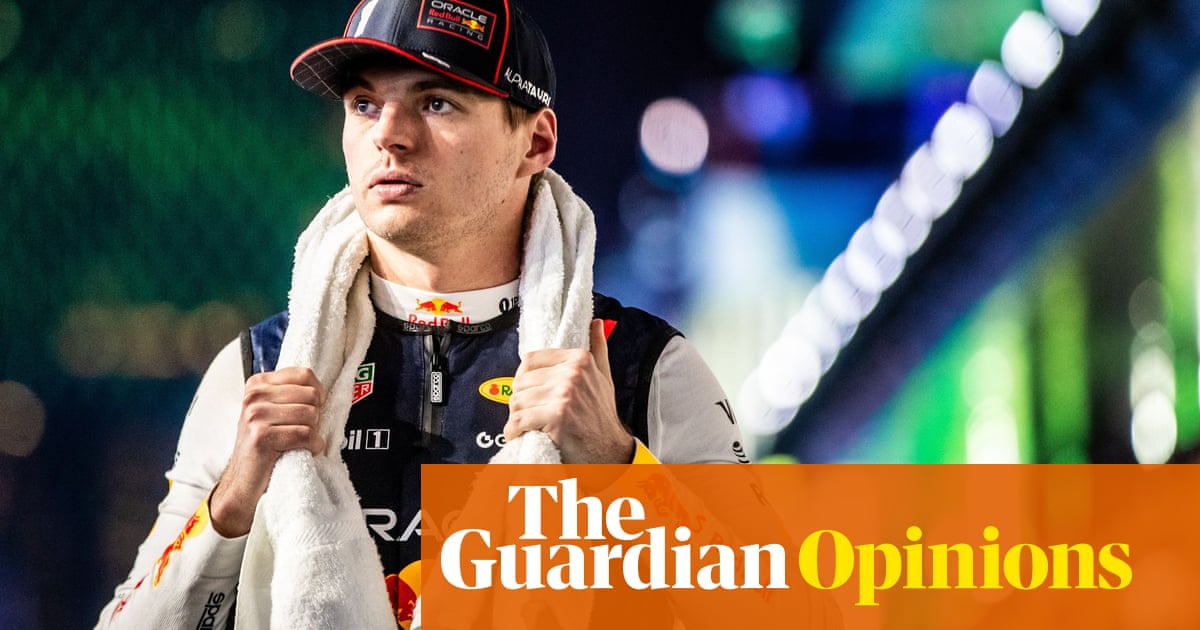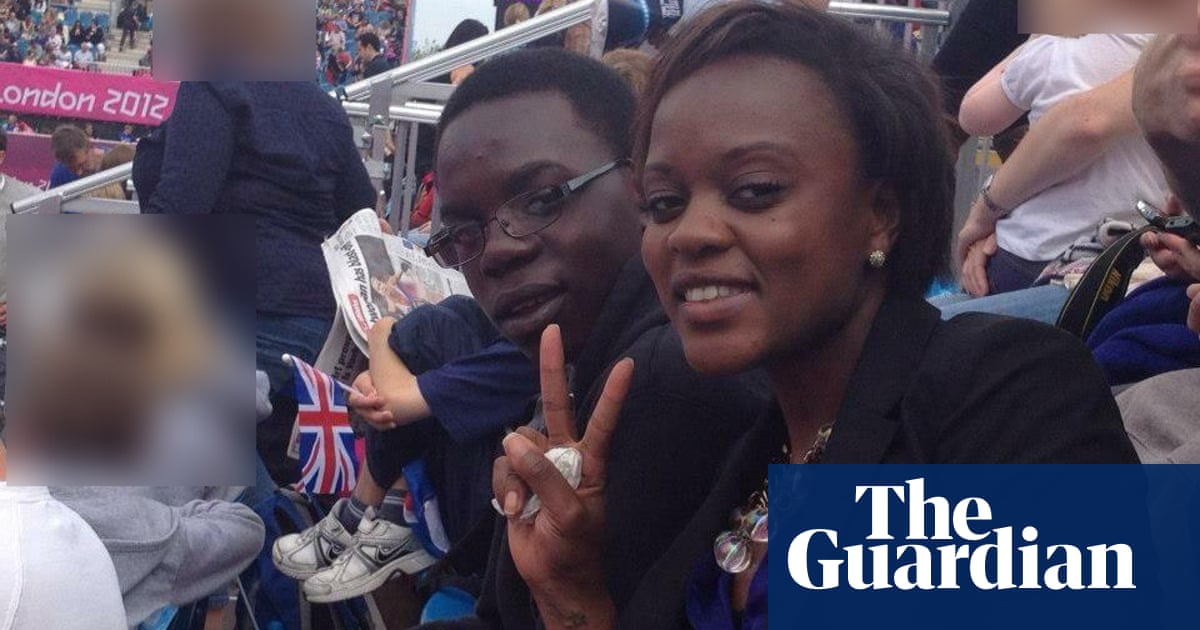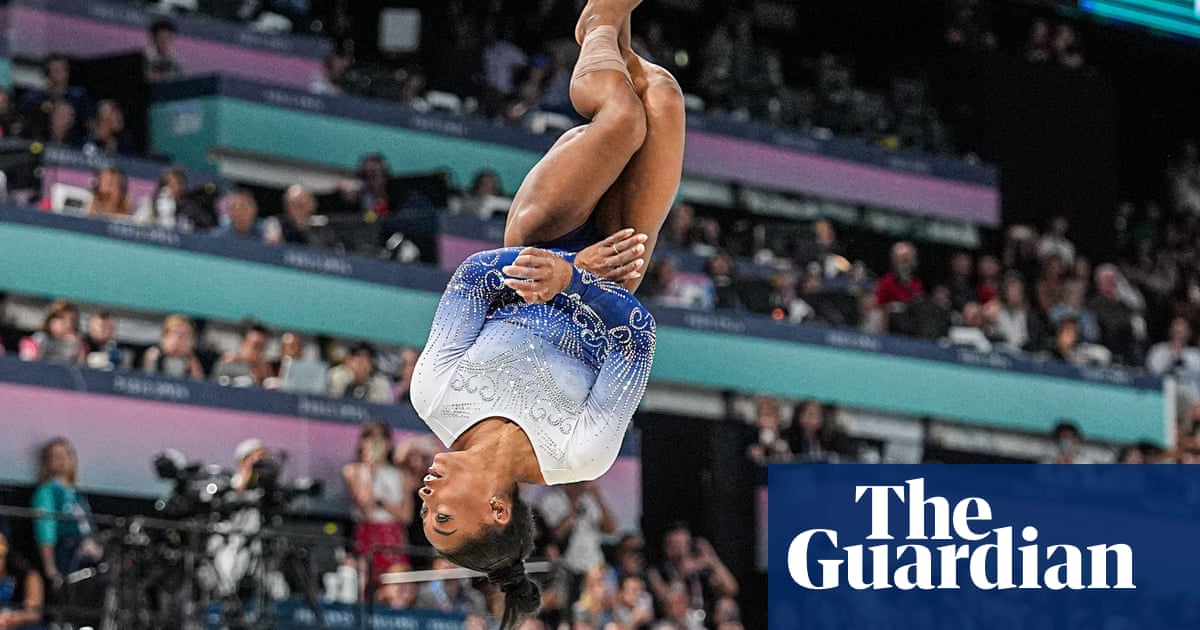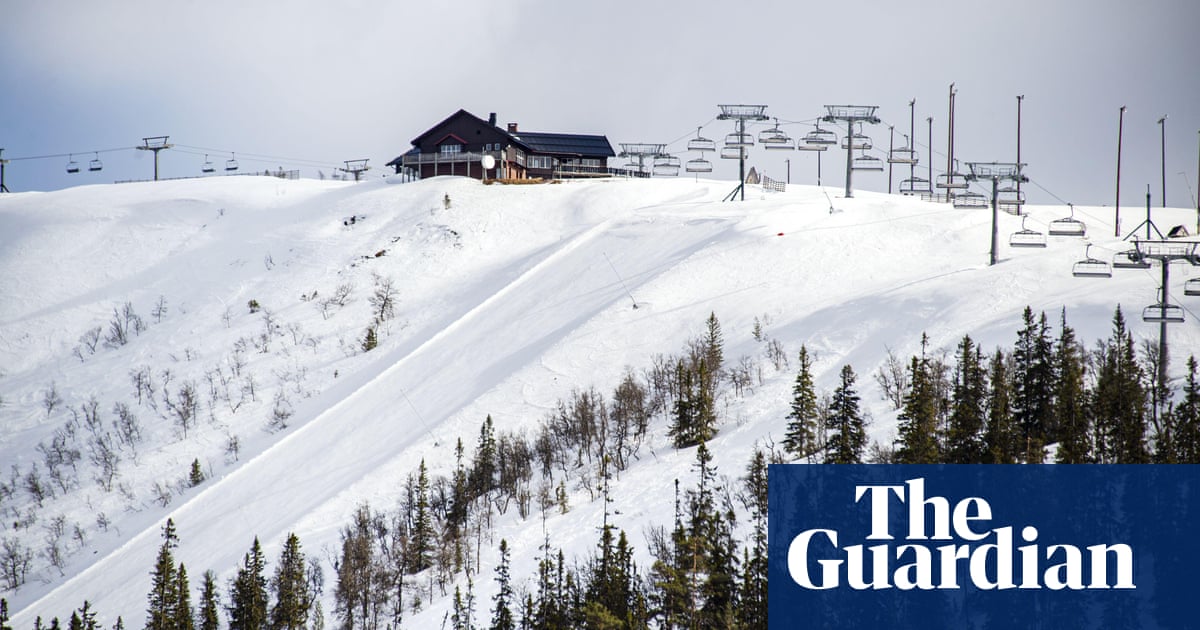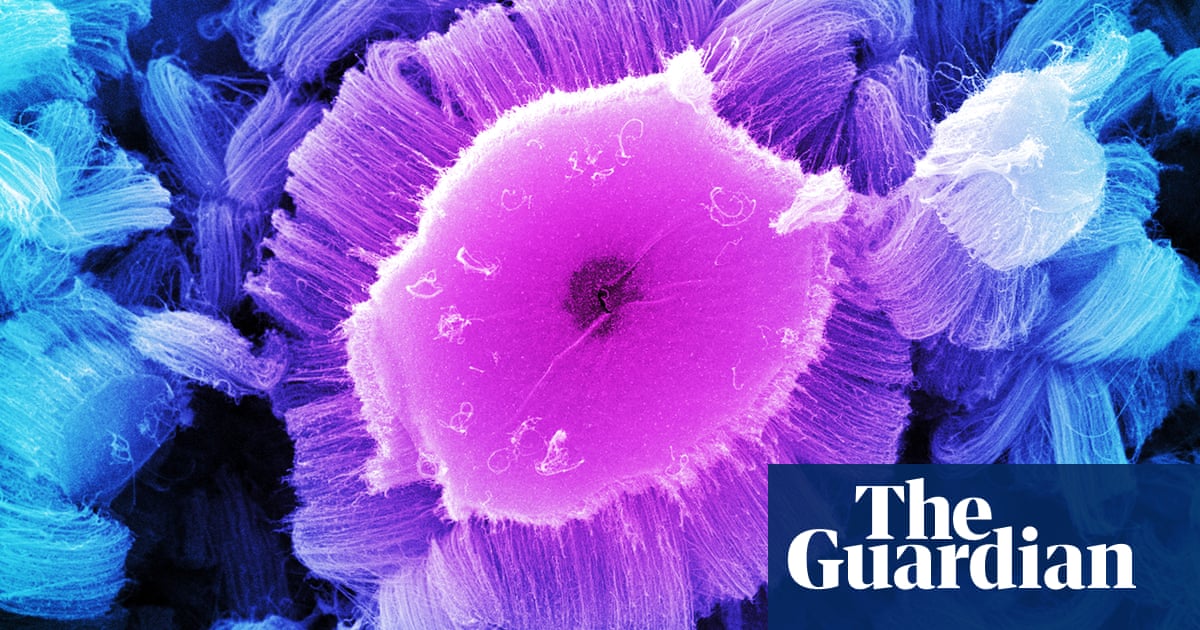I am a proud American, although that notion has been politicised to death in this country, where you’re not considered patriotic unless you’re a Republican. For my Spina Americana series, I chose to explore a part of the US where people are solidly conservative and won’t budge – partly because they feel abandoned by the rest of the nation.
This area is typically referred to as “flyover country”, and has been written off politically, socially and culturally for decades. I wanted to meet and learn about its inhabitants while also sharing my own fears and hopes for our mutual land. It involved making myself vulnerable, but if I only approach people who are like me, what am I really gaining?
I chose a 100-mile-wide corridor through the central US and just started driving, beginning in Texas and working my way up though Oklahoma, Kansas, Nebraska and the Dakotas to see what I could find. Although I don’t predetermine or schedule anything unless I absolutely have to, I needed permission to photograph inside a prison in North Dakota, to be embedded with the sheriff’s department in Nebraska, and to ride with storm-chasers during tornado season.
Shooting storm-chasers involved covering thousands of miles, racing between states as supercell thunderstorms developed and predictions for the most likely place to see a tornado hit the ground kept shifting. I was part of a group of eight led by a meteorologist, though the focus was more on thrill-seeking than scientific study. Long periods of driving and downtime were punctuated by moments of absolute terror – our hair standing up as the air around us became supercharged, there were hailstones the size of oranges, and telegraph poles dropping out of the sky.
This was taken after one such incident in Burlington, Oklahoma. A tornado had almost landed on top of us, and a piece of roof flew across a field towards our speeding van before miraculously lifting up. We stopped for a few minutes to gather our senses, and that’s when I saw this woman from our group silhouetted against those ferocious rotating clouds, with the grass blowing in the foreground. Until you’re underneath one, it’s hard to imagine how massive and dangerous these storms are, but I do think this gives a sense of the scale and the chaos.
What I had most wanted to capture was a portrait of a storm-chaser in front of a tornado, but I eventually accepted that the shot I envisaged wasn’t going to happen. Generally, I believe the most honest approach to work like this is to do it organically. I photograph things and people as I find them, then ask: “Hey, is there anything else around here you think I might find interesting?”
These were rural areas so I expected empty fields and elderly farmers, and I got plenty of those. I did not expect strip joints, but I ended up photographing in three of them. I asked a bartender in Texas: “Hey, what’s going on around these parts?” She said: “Well, I live in a nudist park.” I approached the owner and gave a speech from a stage explaining my intentions to the 150 residents. I was naked when I did that, and also when I took the photographs. They had never allowed a photographer in before, but they realised my intentions were genuine and that it would give them a chance to advocate for their lifestyle.
I also spent two weeks documenting a Mennonite community in Kansas, and took a portrait of a pair of Amish guys who had never been photographed before. Many people have been delighted by my picture of a fisherman standing on ice and showing off the pike he’s just speared with a homemade trident. He’s from a tiny town in North Dakota and was tickled pink when I called to tell him he’d been seen all over the world.
Yes, I saw political flags on lawns, but I didn’t photograph them, just as I hadn’t included images of Fidel Castro or Che Guevara in my book about Cuba. I didn’t want any of these people to be written off as partisan. Meeting them, I was blown away by how open, curious and hospitable they were, just like all of us are when given mutual respect.
Richard Sharum’s CV

Born: Texas, 1978
Trained: “Mostly self-taught.”
Influences: “Early: Cartier-Bresson, Sebastião Salgado, Larry Towell, Jim Nachtwey. Later: Eugene Richards, Mary Ellen Mark, August Sander.”
High point: “When I realised I was given the gift of getting close to others.”
Low point: “In the last five years, while working on three books simultaneously, my American Homicide work took a toll.”
Top tip: “To look inside yourself, you must first look outside yourself. Don’t be afraid to talk to anyone. In fact, seek out those you wouldn’t normally interact with in public, then ask yourself why you were apprehensive. Look at photography books. Gain inspiration. There is just as much value in being the anvil as there is in being the hammer. Wait, then wait some more. You learn these things and people will open up to you like a flower.”

 3 weeks ago
13
3 weeks ago
13




